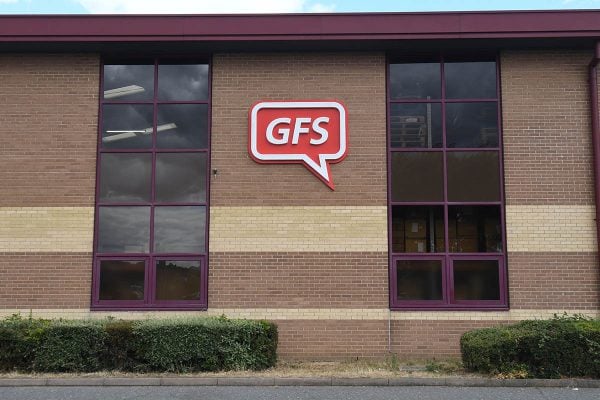Bobbie Ttooulis, Group Marketing Director, GFS, takes a look at the pressures on the logistics industry and how retailers can create customer satisfaction amidst the uncertainty:
Getting a parcel out of the warehouse and to a customer’s doorstep requires a high level of orchestration and precision. And it is more likely than not that there will be hurdles in each micro step of this process.
Delivery operations managers have enough nail-biting pressure, and in the last few months, the challenges have only spiralled several notches up.
Increasing carrier rates, shortage of drivers, warehouse management issues, soaring fuel prices, and rising customer expectations.
The challenges continue stacking up, topped with the pressure of raised expectations for fast, free shipping set by rising customer expectations and a highly competitive eCommerce market.
Can retailers protect costs, create resilience, and build the agility to pivot shipping operations and create customer satisfaction in uncertainty?
The Constraints & Challenges
Shortage & Scarcity
Some glaring factors that have landed a major blow on supply chains across industries are people resources still at a premium, strong competition and scarcity in the labour market even post-peak, impact from the European political climate, rising fuel prices, and overall delays. This is all adding up to inflate operational cost base.
While some of these bottlenecks have been unclogged, there’s still lots for businesses to catch up to as they try to fulfil pent-up demand.
Unknown Markets
One of the biggest challenges that must be overcome in a rising competitive market is constraints around flexibility with delivery across multiple markets. Businesses often don’t have the bandwidth or expertise to identify the best carriers in the different lanes that can give them the most efficiency and value for money. And there is also the recovery for UK businesses to start selling in the EU again, 94% of businesses claim to have experienced delays or friction on exports to the EU since 1st January!
… And the Buying Power
Even if the right carriers are identified — businesses don’t have the buying power due to diluted budgets spread thin across carriers. And to top it, the heavy administrative overheads and technological complexities of integrating multiple carriers.
Overall rising operational cost only means two things – 1. Pass the cost on to the end consumer or 2. Absorb costs internally to remain competitive.
Customer Expectations
The post-pandemic digital buyer is quite aware of the purchase options available in the eCommerce space, thanks to in-app purchasing interfaces such as Amazon Prime. Buyers now know what to reasonably demand from retailers during their purchase experience, with a massive 85% majority of online shoppers saying that a poor delivery experience would prevent them from ordering from an online retailer again.
Clarity, Convenience, Choice and Cost are what today’s e-buyer wants from e-tailers.
Reverse Logistics
According to studies, the most profitable customers have average return rates of 32%, which is still a thin rope for businesses to balance between preventing returns abuse and making the returns process enjoyable for customers. Businesses need to have eyes on the complete delivery loop, both inbound and outbound, and a smooth returns experience is vital to retain customers.
Can businesses thrive despite the challenges?
The big takeaway from this is shipping operations can no longer afford to be reactive — they need to pad up and prepare for the worst, brace for the unpredictable, and be well placed with flexible delivery options at hand.
A delivery infrastructure that is efficient, buffers the business from unforeseen costs, and circumstances, and does not take a hit from providing customers with choice is the flavour of the season (and from the looks of it, many seasons to come).
As is clear already, any parcel operations facility will find it challenging to deal with the complexity and cost involved. Retailers need to be able to lean strongly on a reliable partner keeping communication channels open constantly, identifying the optimum carrier methods for each lane; and navigating through peak, contingency, myriad operational complexities, and ever-changing demands of customers.
Re-imagining Delivery
How can delivery operations managers be expected to carry out day-to-day operations and review operations to create these watertight systems when there NO time, NO access to expert resources, and yet MANY metrics to meet?
GFS offering you a free no obligation delivery consultation of your multi-carrier delivery approach to look at your current operations to reduce cost, bring down complexity, and improve customer satisfaction. This includes a no-obligation review of your delivery operations by experts with a “Findings & Recommendations Report”.
What will the report include? Click here to find out.
Cut down and protect costs and create resilience for your shipping operations. Get your free Delivery Consultation sorted by experts now.









